This article is about my business trip to the Akoya pearl cultivation farm owned by the company I work for, which took place last month (September 2023).


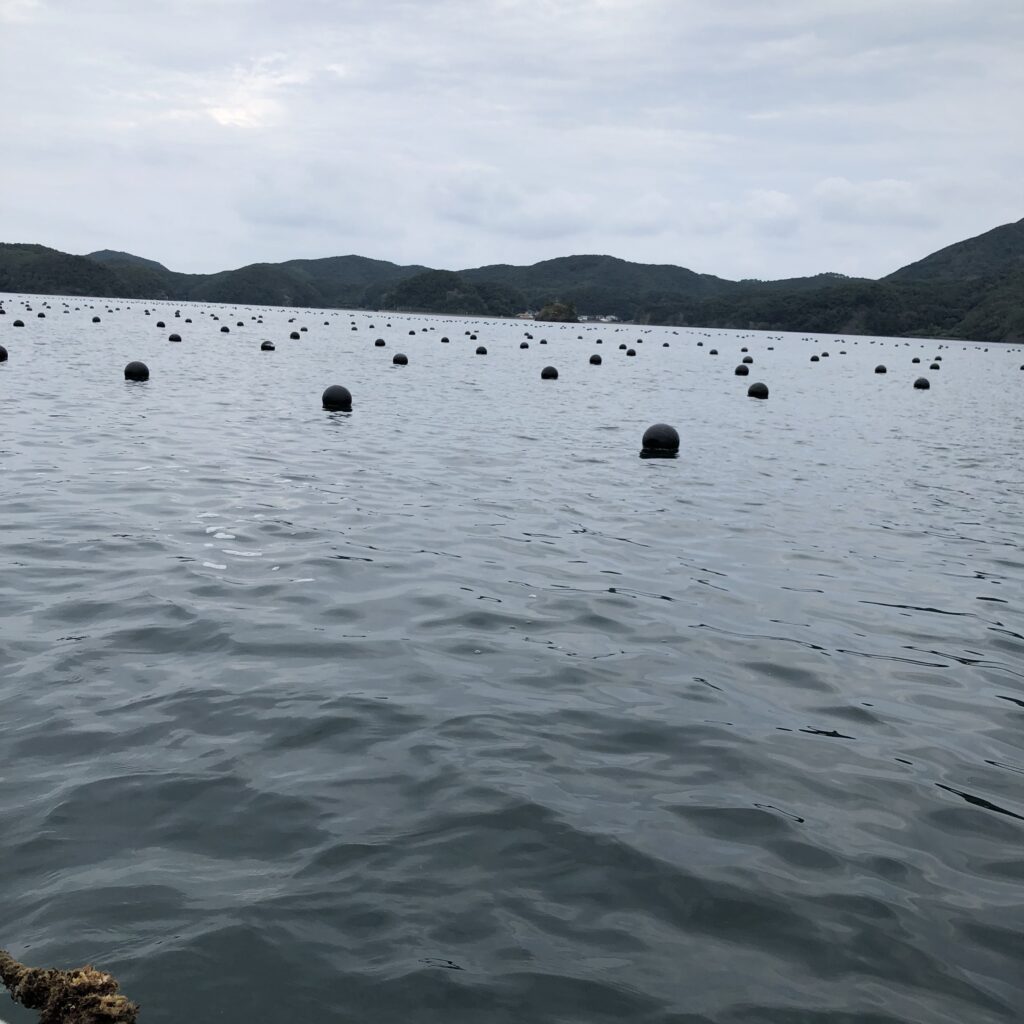



I am employed at the headquarters of the company that owns the Akoya pearl cultivation farm. I travel to the Akoya pearl cultivation farm twice a year (in June and September). On these business trips, I go to inspect the actual growth and cultivation conditions of Akoya oysters with my own eyes. However, this is just a formality, and in reality, as my supervisor had told me a few years ago, it is an act to ensure that the cultivation farm is not engaging in any fraudulent activities or to prevent such activities. In the past, several companies with large-scale pearl cultivation farms have gone bankrupt. The cause of this was that the cultivation farms were secretly selling harvested pearls through their own channels without the knowledge of the headquarters. Such embezzlement had been ongoing for years. The cultivation farms continued to sell the pearls they had secretly harvested through their own channels, without the headquarters noticing. Such instances were common in the past.
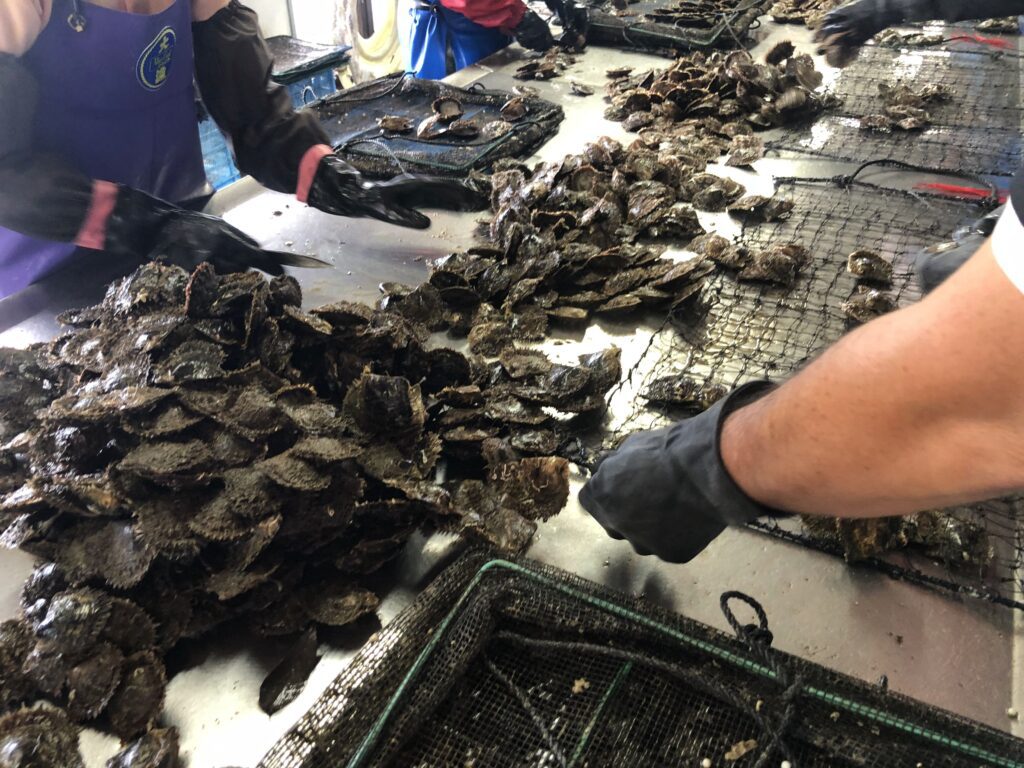

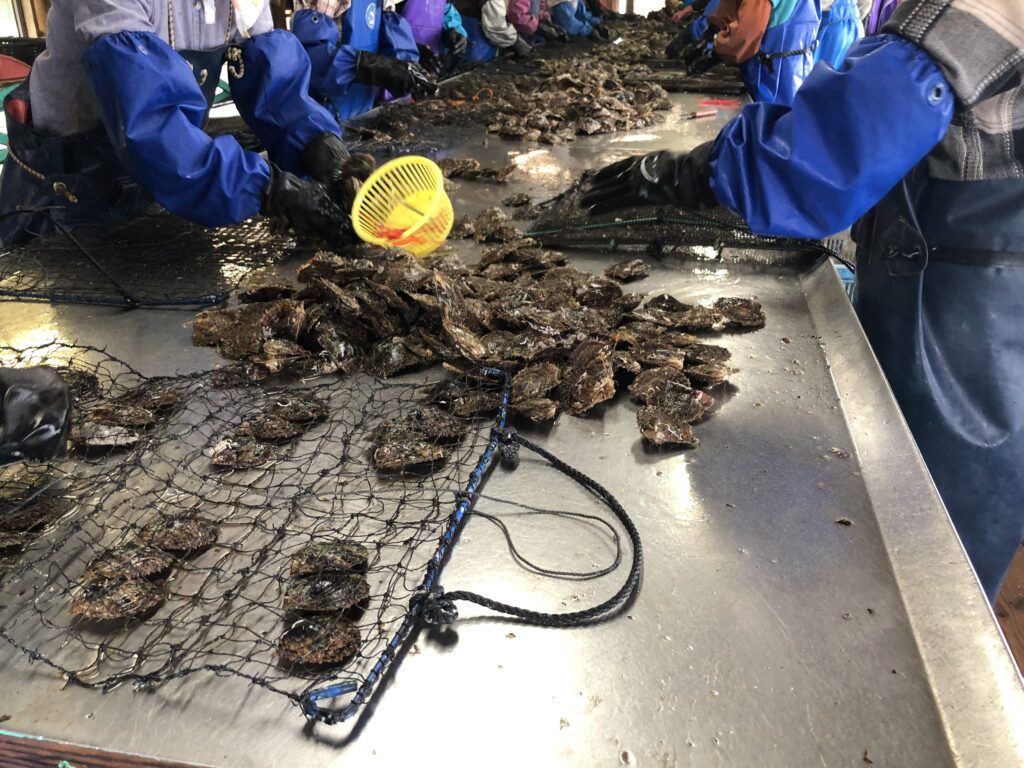
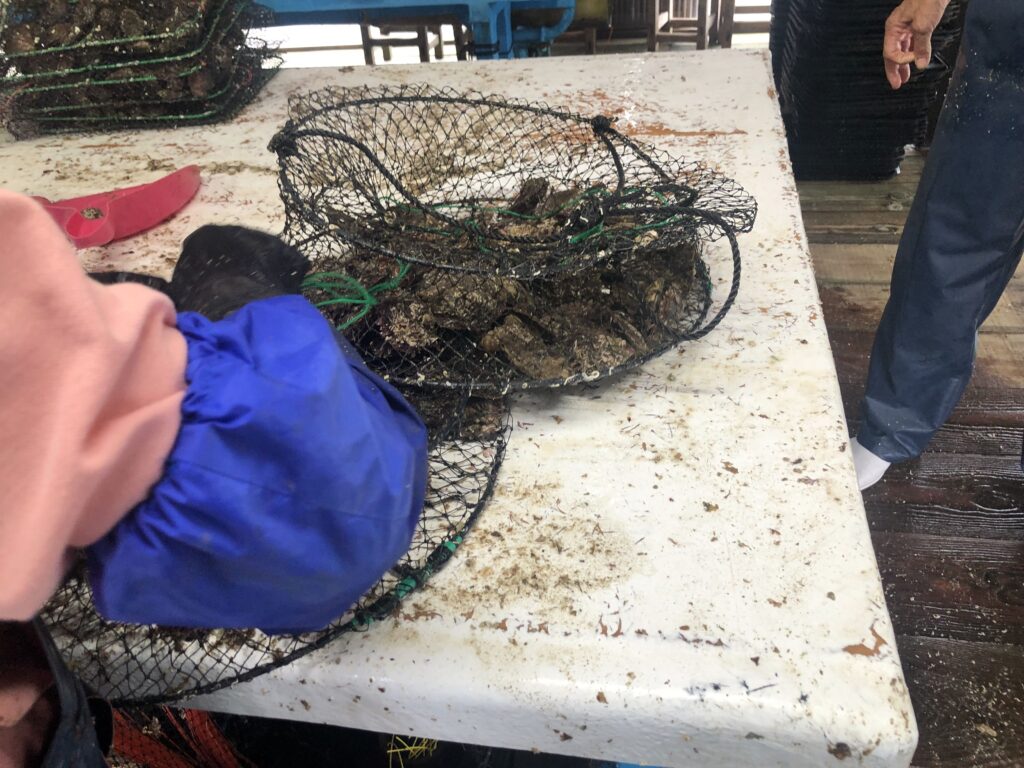



In addition to fraudulent activities at the farm level, there were also cases of individual employees engaging in fraudulent activities. Freshly harvested pearls need to be sorted before they are presented at auctions. Some employees, during the sorting process, would allegedly put valuable pearls in their pockets and take them home. I cannot confirm the accuracy of this, but there are stories of people who built houses by selling pearls obtained in this manner. Consequently, in many pearl cultivation farms, there were offices where employees had to jump when leaving after the sorting process. If pearls were found in an employee’s pocket, they would make a “jingle” sound when they jumped. I do not know if this is the case in foreign countries, but it bears a striking resemblance to the practice of demanding money from the weak by saying, “Hey, jump!” In any case, the only thing that makes a sound when you jump is coins. The most valuable coin is 500 yen, so the amount is not significant.
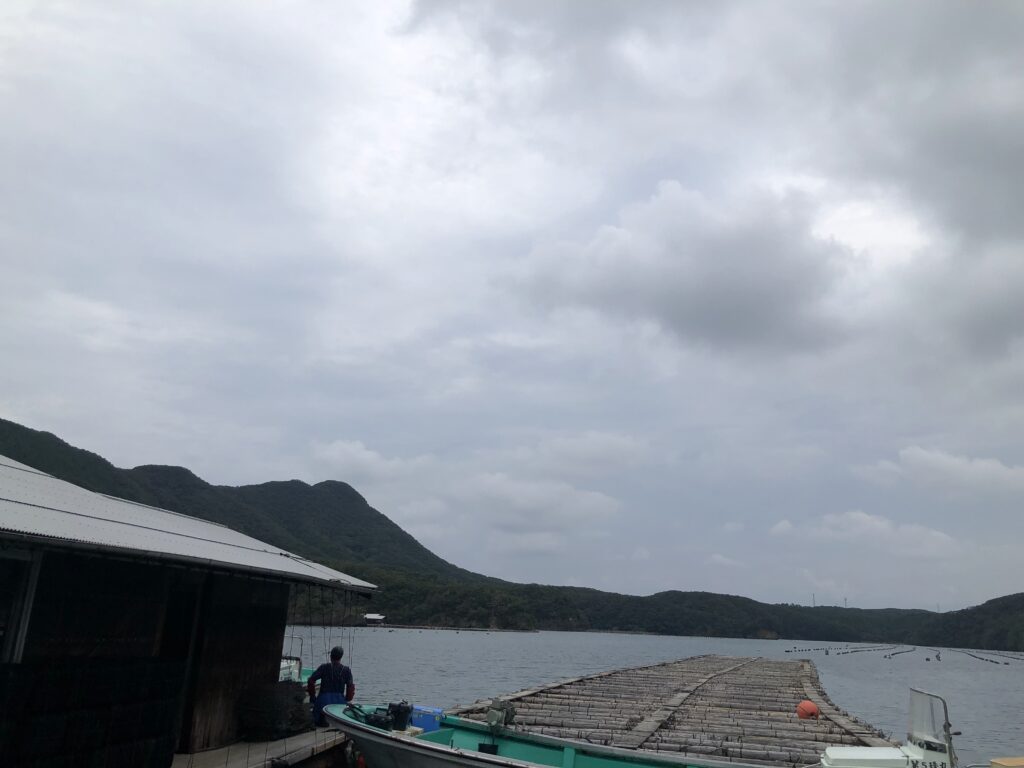

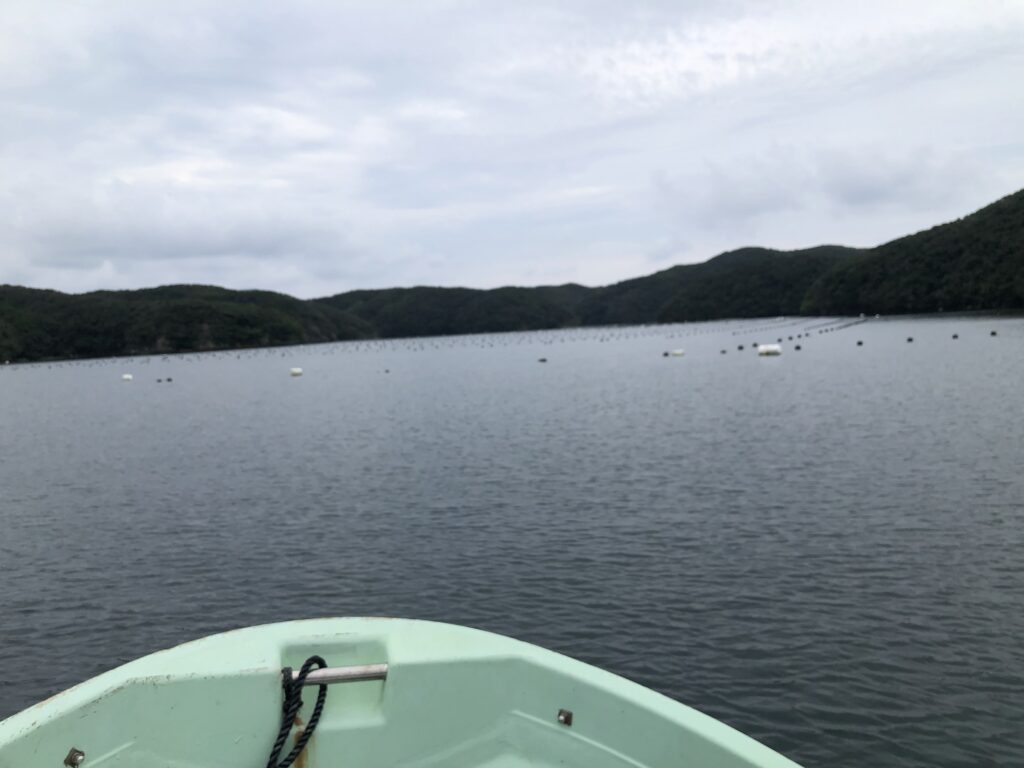
Going off track a bit, I traveled to the pearl cultivation farm with such intentions in mind. Personally, I always look forward to sailing on the sea by boat, and I am excited to see actual Akoya oysters. There are several types of Akoya oysters, such as baby Akoya oysters, mother oysters before nucleus insertion, and oysters after nucleus insertion, and I am looking forward to seeing each of them with my own eyes. Of course, this trip is not all fun and games. There is always an executive meeting held during each trip with the president, department head, and site manager. Since I am the lowest-ranking employee, I am always caught between representing the headquarters and representing the actual pearl cultivation farm, and my nerves are worn thin like an eraser.


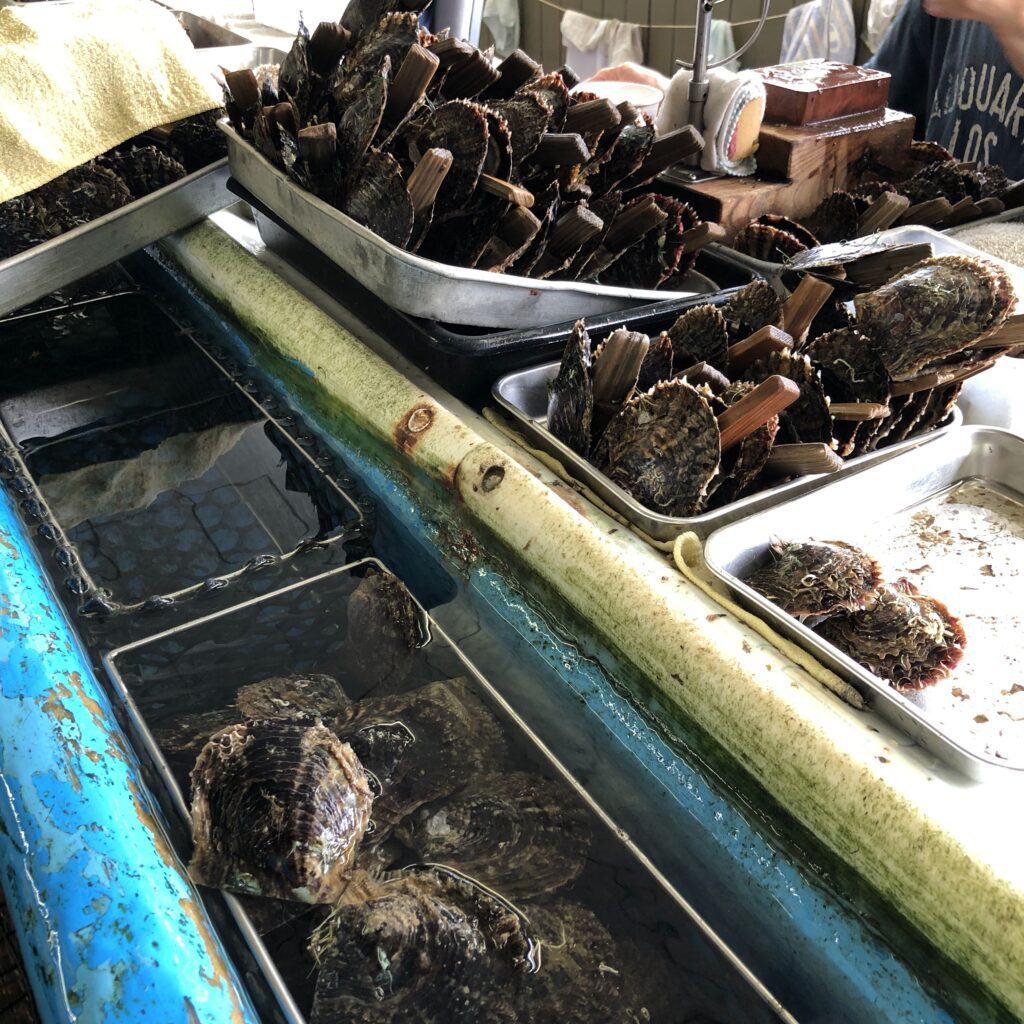

In various meetings, I never take a one-sided stance in favor of either the headquarters or the farm. I always see both the headquarters and the farm as one company. However, in this job, there is no clear right or wrong, as if my opinion supports the headquarters, I become an enemy of the farm, and if my opinion supports the farm, I am treated as an enemy by the headquarters.
While there are common and often bothersome aspects to being a company employee, I believe it’s a blessing to be able to inspect an actual pearl cultivation farm. During these farm visits, we check the growth status of various types of Akoya oysters, including spat, pre-nucleated (before the nucleus insertion), and post-nucleated (with the nucleus inserted) oysters. Each Akoya oyster is placed in predefined quantities within nets. If we find any deceased Akoya oysters among them, we count them to calculate the mortality rate. This mortality rate can help determine the overall health of the Akoya oyster population, aided by historical statistics.
At our Akoya pearl cultivation farm, the mortality rate is approximately 30% for one-year-olds and around 40% for two-year-olds. I’ve previously conducted research by examining the company’s data from the past 30 years and collected statistics on these mortality rates. The average findings were roughly 30% for one-year-olds and 40% for two-year-olds. When I discovered this, I was quite astonished. Of course, in the event of periodic disasters, these mortality rates can increase, but on average, the Akoya oyster mortality and survival rates tend to hover around the same numbers year after year. Over the past 30 years, the highest observed mortality rate was 55%, and the lowest was around 25%.
The general consensus suggests that rising seawater temperatures contribute to Akoya oyster mortality rates. However, personally, I don’t believe this to be the sole factor. I have also investigated the correlation between seawater temperature and Akoya oyster mortality rates by examining our company’s historical data, but I didn’t find any direct causality. These parallels remind me of the issues surrounding carbon dioxide and global warming, where it’s not just about scientific evidence but also the complexities of articulating these points publicly.
In any case, fishery inspections are carried out against this backdrop. In the September inspection, there didn’t seem to be any particular issues, and the cultivation was progressing smoothly. What intrigued me the most this time was the manager’s daring challenge. Generally, there are two methods for removing organisms like seaweed and barnacles that attach to Akoya oysters. One is to manually remove them, and the other is to submerge the oysters in saltwater to kill these organisms.
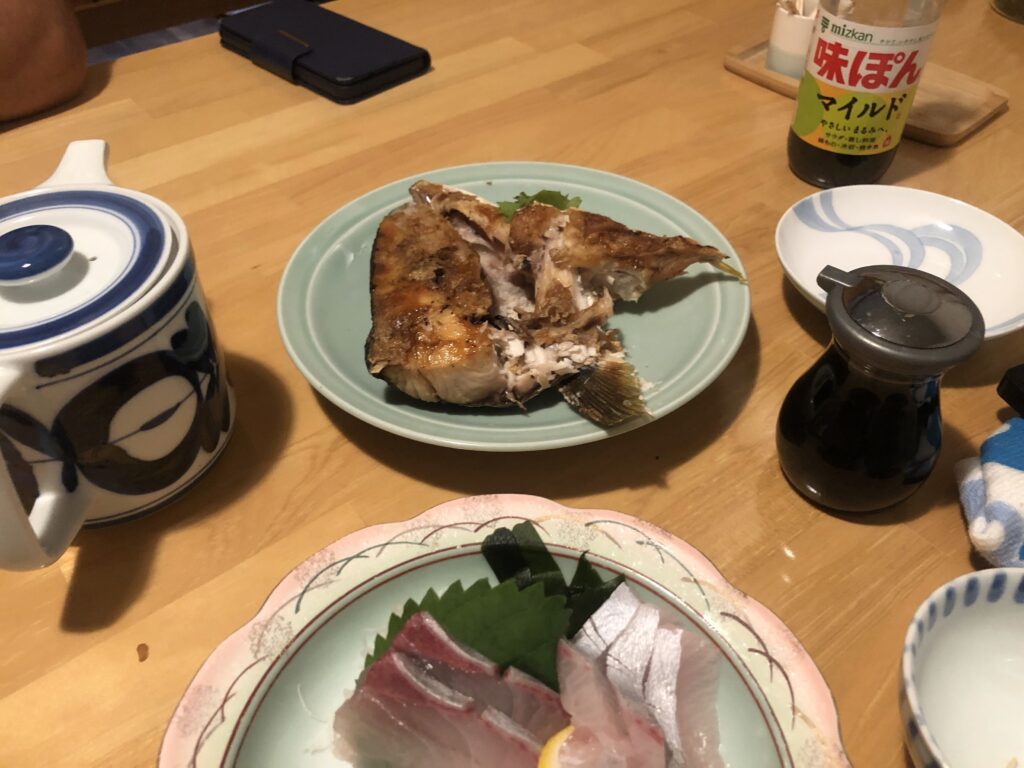


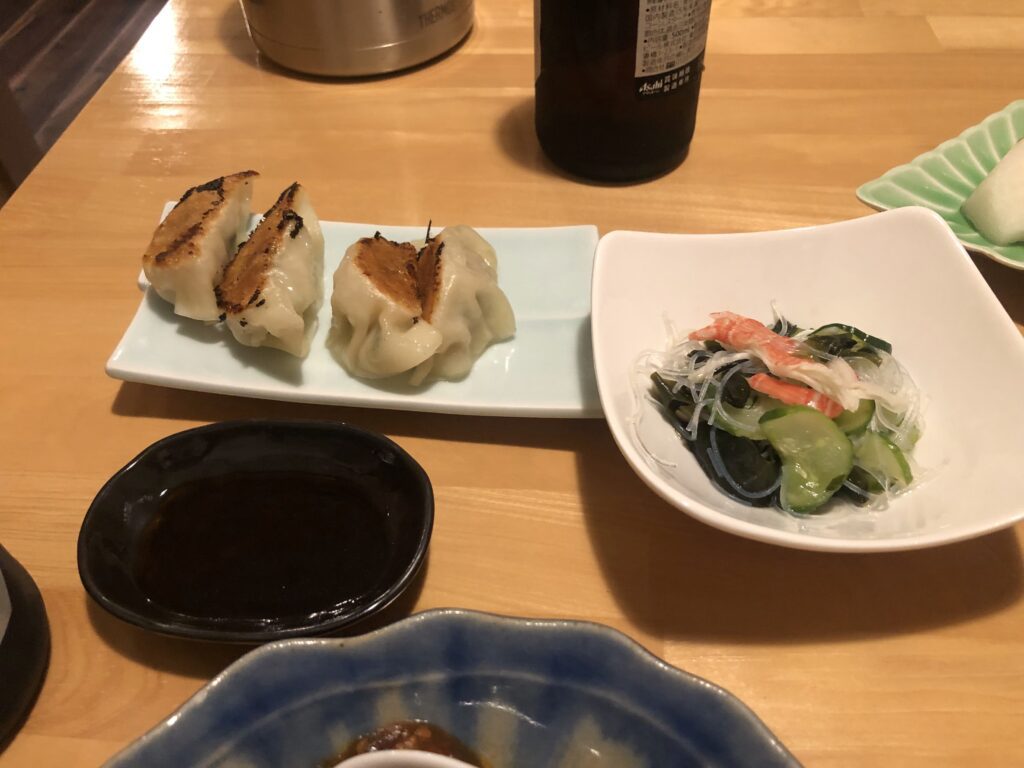
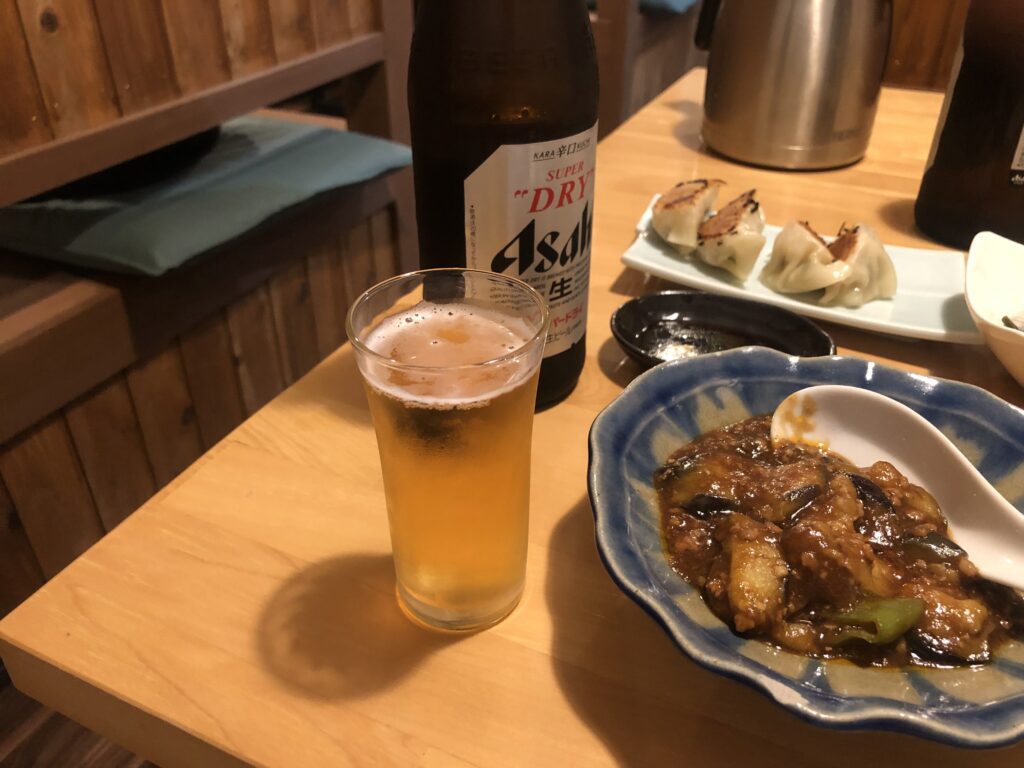
In a large container filled with saltwater, the Akoya oysters are immersed while still in their nets. While seawater naturally contains salt, this saltwater method can kill organisms like barnacles and seaweed in about 5 minutes. However, the organisms attaching this season showed significant vitality, prompting the manager to immerse the Akoya oysters in saltwater for an unusually long period of 13 minutes. If the Akoya oysters open their mouths while submerged in saltwater, they, too, would perish. The manager trusted the Akoya oysters and took on the challenge of more than double the usual time.
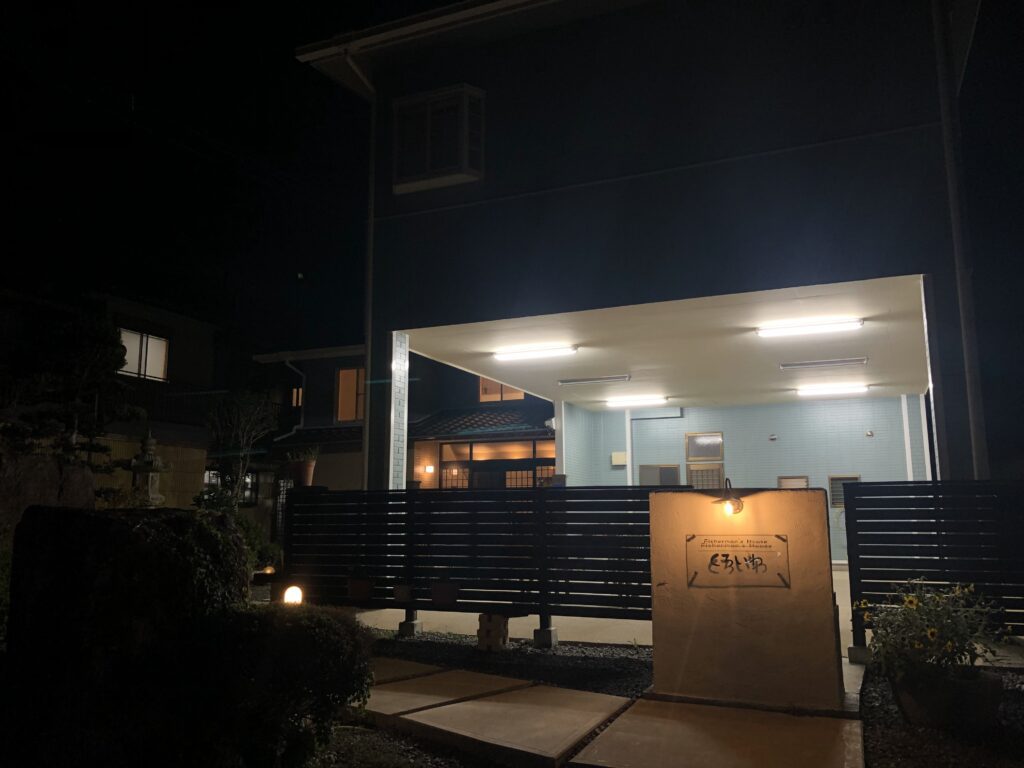

As a result, it appears that the barnacles and seaweed were effectively removed. Why did the manager go to such lengths? It’s because of the labor shortage. Recently, our cultivation farm has also started hiring foreign workers, but there is still a significant labor shortage. Hence, they resort to such extraordinary measures. This manager is a bold individual by nature, and it seems to reflect in their work as well.
Well, there’s still more I’d like to write about, but I’ll leave it at this for now.

Comment